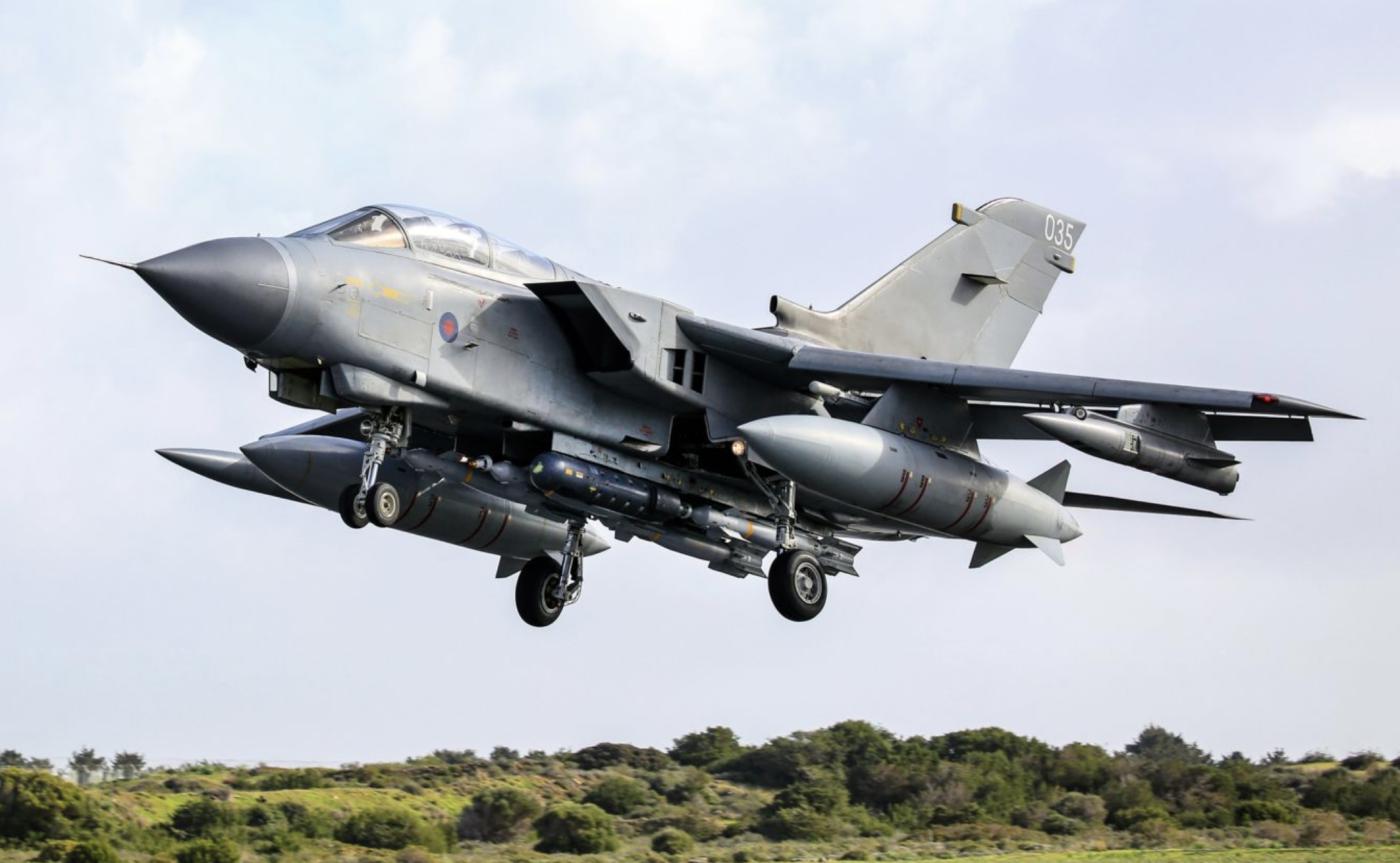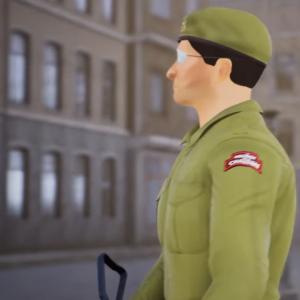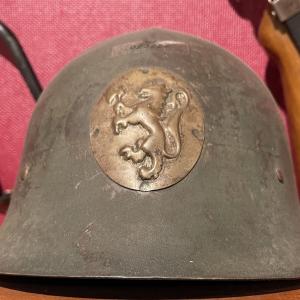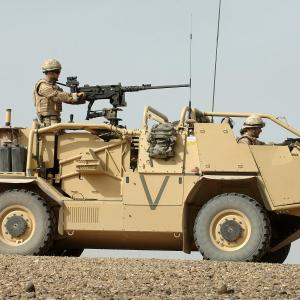
Tornado Jet
The RAF Tornado jet, officially known as the Panavia Tornado, is a multirole combat aircraft developed through a collaborative effort among three European nations: the United Kingdom, Germany, and Italy. The design and development of the Tornado began in the late 1960s and early 1970s when these countries sought to replace several older aircraft types with a versatile platform capable of performing a variety of missions including air superiority, ground attack, and reconnaissance. The Tornado project was managed by Panavia Aircraft GmbH, a consortium formed specifically for this purpose, consisting of British Aerospace (now BAE Systems) from the UK, Messerschmitt-Bölkow-Blohm (later part of Airbus) from Germany, and Aeritalia from Italy. The initial goal was to create an aircraft that could meet the demanding requirements of all three air forces, leading to a design that featured variable-sweep wings, advanced avionics, and a twin-engine configuration.
The Tornado's design is notable for its variable-geometry wings, which allow it to adjust wing sweep in flight, providing a balance between high-speed performance and low-speed handling. This capability was essential for its roles in low-level penetration missions, where the aircraft needed to fly fast and low to evade radar detection and surface defenses. The Tornado is powered by two Turbo-Union RB199 turbofan engines, which provide high thrust and efficiency, enabling it to operate from shorter runways and carry heavy weapon loads. The cockpit is equipped with a two-person crew, consisting of a pilot and a weapons systems officer, who manage navigation, targeting, and electronic warfare tasks. The avionics suite includes terrain-following radar, forward-looking infrared (FLIR), and a digital attack and navigation system, allowing the Tornado to conduct precision strikes in adverse weather and low-visibility conditions.
In terms of armament, the Tornado is highly versatile and can carry a broad array of weapons tailored to its mission. It has a built-in Mauser BK-27 27mm cannon, providing a reliable weapon for close-range engagements. For air-to-ground operations, it can be equipped with various bombs, including conventional unguided bombs, laser-guided bombs such as the Paveway series, and precision-guided munitions like the Storm Shadow cruise missile, which offers long-range strike capability. The aircraft can also carry anti-ship missiles, cluster munitions, and reconnaissance pods. For air-to-air defense, the Tornado typically carries AIM-9 Sidewinder or AIM-132 ASRAAM short-range missiles and can also be fitted with radar-guided missiles in some variants. Additionally, it is capable of deploying electronic countermeasures and chaff/flares to defend against enemy radar and missile threats.
The Tornado has been employed in numerous operations since its introduction into service in the late 1970s and early 1980s. The Royal Air Force used the Tornado extensively during the Gulf War in 1991, where it conducted low-level bombing missions against Iraqi military targets, including airfields, command centers, and infrastructure. These missions demonstrated the aircraft’s ability to operate in heavily defended airspace and deliver precision strikes effectively. Tornados also took part in NATO operations over the Balkans during the conflicts in the 1990s, where they carried out reconnaissance and strike missions to enforce no-fly zones and support peacekeeping efforts. In the early 2000s, the Tornado was deployed in Afghanistan as part of the coalition forces, providing close air support and interdiction against Taliban and insurgent forces. The aircraft’s long-range strike capability, especially with the Storm Shadow missile, was used in the 2011 intervention in Libya to target regime military assets.
Throughout its operational life, the Tornado has undergone several upgrades to extend its service and enhance its capabilities. These include improvements to avionics, weapons systems, and defensive aids, allowing the aircraft to remain effective in modern combat environments. The Tornado served with distinction in the RAF and continues to be a key component of the air forces of Germany and Italy, albeit gradually being replaced by newer platforms such as the Eurofighter Typhoon.










